As a dismissive avoidant myself (yes, I took one of those online tests to prove it, and no, I didn’t fake the answers so I could score it. )

I feel I’m uniquely positioned to speak on what scares a dismissive avoidant but I’d actually like to go beyond for you.
- Yes, I’ll answer the seven main triggers points for dismissive avoidants
- But I’m also going to show you the importance of gaining an understanding of avoidant psychology
- And take you through the major things that scares them (that you won’t be expecting)
But let’s just dive right into it!

What Are Your Chances of Getting Your Ex Boyfriend Back?
Take the quizGaining An Understanding Of Dismissive Avoidant Psychology
So, let’s first discuss gaining an understanding of dismissive avoidance psychology before we delve into what truly scares an avoidant and some of the primary triggers that make them fearful.
One of the first insights I gained when exploring dismissive avoidance and attachment theory came during an interview with one of our head coaches, Tyler.
Tyler, explained that for those struggling to grasp the intricacies of attachment theory, it’s often best to categorize each insecure attachment style by its core wound.
Each insecure attachment style has a recurring theme that consistently triggers them.
- For instance, an individual with an anxious attachment style typically harbors a fear of abandonment. Any situation that makes them feel on the verge of being abandoned can activate this core wound, leading them to behave more anxiously.
- For the dismissive avoidant, the core wound is a fear of losing independence. Any perceived threat to their autonomy can prompt them to display avoidant behaviors.
- Fearful attachment styles are more complex, as they encompass both core wounds. One moment they fear abandonment, and the next, they yearn for independence. This duality can make it challenging to discern their exact feelings.
However, today’s focus is on dismissive avoidance.
Over the past few years, I’ve dedicated myself to studying dismissive avoidance in-depth.
This dedication stems from the fact that many of our clients, based on our polls, have ex-partners who are dismissive avoidants.
My primary role is to understand the inner workings of dismissive avoidants. I’ve observed that most dismissive avoidants exhibit a recurring pattern, which I’ve affectionately termed the “avoidant death wheel.”
I reference this concept in nearly every article I write about attachment theory or dismissive avoidance. The death wheel comprises eight distinct stages.
- In stage one, the avoidant yearns for love.
- In stage two, they find a partner and believe their problems are resolved.
- By stage three, they begin to spot concerning aspects in the relationship.
- In stage four, thoughts of ending the relationship emerge.
- Stage five sees them deciding to leave.
- In stage six, they revel in their decision to part ways.
- However, by stage seven, feelings of loneliness begin to surface
- Followed by creeping depression in stage eight.
This cycle then loops back to the initial longing for love.
And this is basically the story of most dismissive avoidance relationship history. Either they get stuck in this on-again-off-again cycle with an ex or they are just moving from one person to the next seeking something that the other person can’t ever provide.
So what is it that dismissive avoidance are ultimately afraid of?
What Are Avoidants Afraid Of?
Well, we’ve already touched upon the core wounds concept, notably the fear of losing independence. Most dismissive avoidants seek autonomy.

What Are Your Chances of Getting Your Ex Boyfriend Back?
Take the quizHowever, in addition to that they harbor several other deep-seated fears.
Fear Of Rejection
A significant one is the fear of rejection. Past experiences of rejection or abandonment might have led them to create a protective barrier, distancing themselves from situations that could bring about similar pain.
I can personally attest to this, being a dismissive avoidant myself (see proof above.) A particularly painful breakup I experienced was marked by a constant fear of being cheated on.
While my ex never cheated, she did move on with the very person I was apprehensive about. This experience significantly influenced my attachment style, making me wary of letting any woman get close for years. It was like a protective shield, the full extent of which I only realized years later, after understanding attachment styles and their origins.
Dread Of Being Overwhelmed
For avoidants, profound emotional ties or confrontations can be daunting, prompting them to sidestep such situations.
They detest feeling confined, especially by long-term commitments, which they equate to a loss of freedom. This sentiment is essentially an offshoot of their overarching fear of losing autonomy.
As we delve deeper into the primary triggers for avoidants, which I believe is the crux of articles like this, you’ll notice a recurring theme.
Each trigger resonates with one of the core fears we’re discussing. For instance, the fear of confinement often relates to commitment, which in turn ties back to the loss of independence and the reluctance to be vulnerable.
At their core, avoidants fear they might not measure up.
Letting Their Partners Down
They worry they might let their partners down. This fear often drives them to keep others at arm’s length, preserving their ego and ensuring no one gets close enough to challenge their self-perception.
Past Trauma
Past traumas also play a pivotal role. Avoidants might adopt certain behaviors as a shield against reliving painful memories. Drawing from my own experience, a past relationship marred by the looming threat of infidelity made me perpetually wary in subsequent relationships.
Even in the absence of any concrete evidence, the ghost of that one traumatic event kept me on edge.
The mere thought of experiencing such betrayal again made me perpetually guarded, preventing any recurrence of that painful memory.
The 7 Main Triggers Of An Avoidant
All right, so let’s actually move on here and talk about what I consider to be the seven main triggers of an avoidant.
Now what is a trigger?
Well, a trigger is something that will happen in a relationship with an avoidant that will often trigger their avoidant behavior. This can be a wide range of things, but one of the common themes that you’re going to notice here is everything always connects back into losing independence, losing self-sufficiency or some of the fears that I talked about in the section above.
And I chose seven because not only do I think picking a number like 15 is a little overkill, but I wanted to focus on quality as opposed to quantity.
I wanted something meaningful to say about each one of these things where I could draw upon personal experience, science, or things that I’ve actually seen in my coaching practice.
So let’s get right to it.
Trigger #1: Advancing The Relationship In Some Way
The first trigger is the progression of the relationship.

What Are Your Chances of Getting Your Ex Boyfriend Back?
Take the quizThis revolves around the idea of a “threshold.” Every dismissive avoidant has a unique boundary when it comes to commitment.
As I mentioned, many of the ex-partners of clients I study exhibit dismissive avoidant tendencies.
This perspective is especially insightful since I’m examining breakups, allowing me to pinpoint the breaking point for these dismissive avoidants that led them to end the relationship with my clients.
Each individual has a distinct trigger or threshold.
- For some, the mere idea of cohabitation is enough.
- For others, activities like ring shopping can be the tipping point.
- And for some, even the proposition of starting a relationship can be too much.
Each avoidant’s threshold is unique, which makes sense given the distinct nature of every relationship.
However, a common pattern emerges: if you’re in a relationship with a dismissive avoidant and attempt to elevate it to the next stage—say, from dating to discussing moving in together—you’re faced with a significant challenge.
For many dismissive avoidants, this progression might breach their comfort zone, leading them to either end the relationship or exhibit pronounced avoidant behaviors, like suddenly becoming distant. In essence, the primary trigger is pushing the relationship beyond their comfort threshold.
Trigger #2: Confrontations About Commitment:
Engaging in a direct discussion or posing questions about deeper commitment levels or future plans can often serve as a significant trigger.
While this may seem akin to the first trigger, it has its distinct nuances.
Most clients I work with seek my expertise, or that of my team, or invest in my programs because they’re keen on reconciling with their ex. It’s been reiterated that a majority of the exes I study lean towards dismissive avoidant tendencies.
A strategy I’ve found effective is the “value ladder” framework.
The objective of this ladder is to gradually rebuild value until the point where either the ex initiates the idea of reconciliation, or you can directly address the topic of commitment.
The beauty of the value ladder lies in its subtle approach, especially with avoidants. It’s a gradual process, layer by layer, ensuring the avoidant doesn’t fully grasp the progression until they’re emotionally invested enough to consider a relationship.
My research on the “death wheel” concept further elucidates this.
When an avoidant enters a phase of nostalgic reflection, feeling that you’ve moved on and there’s no looming commitment, they tend to desire a relationship once more.
However, there’s a caveat.
I’ve observed individuals who hasten the value ladder process. Instead of a gradual approach, they immediately broach the topic of reconciliation, which often backfires.
To the avoidant, it feels like a sudden commitment pressure they aren’t ready for. So, if you ever intend to discuss commitment with an avoidant or ask the defining “What are we?” question, it’s crucial to ensure a solid foundation is in place. And this foundation is constructed over time, fortified by value.
Trigger #3: Being Asked For Re-assurance From Their Partner
The third trigger is the persistent need for reassurance from their partner. As I’ve mentioned earlier in this article, the majority of our clients’ exes display dismissive avoidant tendencies,

What Are Your Chances of Getting Your Ex Boyfriend Back?
Take the quizWhile most of our clients lean towards the anxious side.
This creates a dynamic where an anxious individual pairs up with an avoidant one.
Interestingly, while the avoidant follows a specific pattern, which I’ve termed the “death wheel,”
The anxious individual has their own version of this cycle.
The initial stages for the anxious person mirror that of the avoidant: they seek a partner, find one, and believe their troubles are behind them.
However, the divergence begins when the anxious individual starts centering their entire world around their partner. If that partner happens to be a dismissive avoidant, they begin to feel smothered.
This sensation of being overwhelmed often prompts the avoidant to distance themselves.
The anxious individual, being highly emotionally attuned, quickly picks up on this shift. Their response, unfortunately, exacerbates the situation.
They either intensify their attention towards the avoidant or, more commonly, incessantly seek reassurance.
For the avoidant, this constant need for affirmation is grating, akin to nails on a chalkboard. It can manifest in various ways. While the overt demands like urging the avoidant to put in more effort are evident, subtler expectations, such as anticipating immediate text replies or instant reciprocation on social media interactions, can be equally taxing for the avoidant, pushing them further away.
Trigger #4: Big Bonding Conversations:
This isn’t about seeking commitment but rather delving into deeply emotional discussions when the avoidant individual isn’t prepared for it.
To shed light on this, I’d like to reference one of my go-to attachment resources, a website dedicated to understanding dismissive avoidant behavior called “Free to Attach.”
There’s a particular passage that encapsulates this trigger perfectly.
“Avoidants often appear reluctant to engage in intimate discussions as it evokes a sense of entrapment. Confronting emotional topics is not only stressful but also agonizing for them. This distress might go unnoticed by others, especially if the avoidant doesn’t articulate their feelings. While they might view it as just another conversation, they secretly yearn for emotional depth and a partner who can guide them towards it. However, this pursuit of emotional connection can sometimes lead to frustration or even resentment towards their partner.”
The intriguing aspect of avoidants is the internal paradox they harbor.
They yearn for emotional intimacy, yet they resist closeness. So, when you’re in the midst of a heartfelt conversation, bonding over shared emotions, if it’s too premature, the avoidant might push back and harbor resentment. “Free to Attach” further elaborates,
Stating that an avoidant’s entire mechanism is designed to evade the discomfort of emotions and self-reflection. Consequently, they might harbor resentment and even retaliate against anyone prompting them to face their emotions or actions. They might also express views they deem logical, but which their partner finds hurtful.
Such misunderstandings can be mitigated if the partner communicates their feelings. In essence, the crux of this trigger is that deeply emotional conversations can sometimes push the avoidant away.
Trigger #5: Being Pushed to Make Quick Decisions
Pushing a dismissive avoidant to decide, especially on an emotionally charged matter, can act as a significant trigger.
Essentially, it feels like an ultimatum. I often observe this in long-distance relationships, particularly during breakups. For instance, when the dismissive avoidant is relocating, and their partner, who hasn’t secured a commitment, essentially says, “Commit to a relationship with me, or we can’t remain friends.”
The dismissive avoidant’s typical response? A firm “no,” followed by their departure.
From their perspective, it feels like an unjust ultimatum, hinting at confinement.
As we’ve reiterated, any situation hinting at a loss of independence can trigger an avoidant, given their inherent desire for self-sufficiency.
Hence, pressuring them for an immediate decision can be a potential trigger.
Trigger #6: Unplanned Long-Term Commitments:
By this, I don’t mean committing to a relationship but rather unforeseen plans.
For those with dismissive avoidant tendencies, spontaneity, especially concerning long-term plans, can induce anxiety. Imagine being suddenly invited to an event or making plans that stretch far into the future without prior discussion. It can be unsettling for an avoidant.
A classic example is a wedding invitation.
Suppose you’re invited to a friend’s wedding several months away, and you inform your avoidant partner, “We’re attending this wedding.” Such a scenario can be triggering.
This is because avoidants often cherish predictability and control over their schedules. As emphasized, they value their independence and control. An abrupt change in plans, like an obligatory wedding attendance, can send them into a tizzy.
They often need mental preparation for such social engagements.
Unanticipated commitments can also stir feelings of entrapment or a perceived loss of autonomy, which, as we’ve discussed, ties back to their core value of independence.
Trigger #7: Having To Rely On Others:
As I’ve previously mentioned, I’ve taken several online tests, and every result categorizes me as dismissive avoidant.
This trigger resonates deeply with me. I’m not fond of depending on others.
The mere thought of relinquishing control over a work project unnerves me, even if there’s no genuine reason for concern. I acknowledge this flaw, and I admit to having a bit of a hero complex, especially concerning my business. I have an innate desire to handle everything independently.
What intrigues me is a reflection on a tattoo I got when I was 19. It’s the Japanese Kanji symbol for ‘freedom’ inked on my shoulder.
While I loved the design back then, I now realize it symbolizes my dismissive avoidant tendencies.
To me, true freedom is the ability to act autonomously, without the need to lean on others.
However, life has taught me otherwise.
Over the past decade, I’ve undergone five surgeries—four for a pilonidal cyst and one for cartilage repair in my left knee, which was damaged during my marathon training.
These medical interventions taught me the essence of dependence. Handing over your well-being to a surgeon, relying on loved ones for support, especially during recovery, are humbling experiences.
After my knee surgery, I was incapacitated for almost two months, unable to care for my children. Marriage, too, is a collaborative endeavor. Similarly, work demands delegation, especially when personal circumstances make it impossible to be hands-on.
Interestingly, my forced periods of reliance have shown me that collective efforts often yield superior results. This is evident in various spheres. For instance, TV shows, which I frequently reference, are products of collaborative writers’ rooms. My love for fantasy books led me to discover that while an author might be the primary contributor, there’s a team behind every successful book—developmental editors, copy editors, line editors, and proofreaders.
All play a pivotal role in molding the narrative.
The most celebrated sports in America—football, basketball, baseball—are team-based. Success in these arenas is sweeter because it’s shared.
However, for a dismissive avoidant, recognizing the value of collaboration often requires a situation that compels them to cede control, much like my personal experiences.
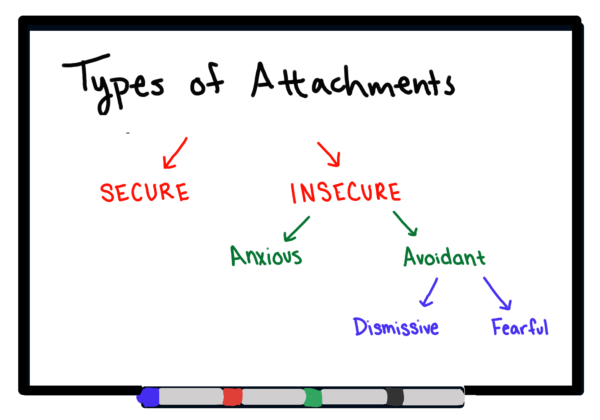
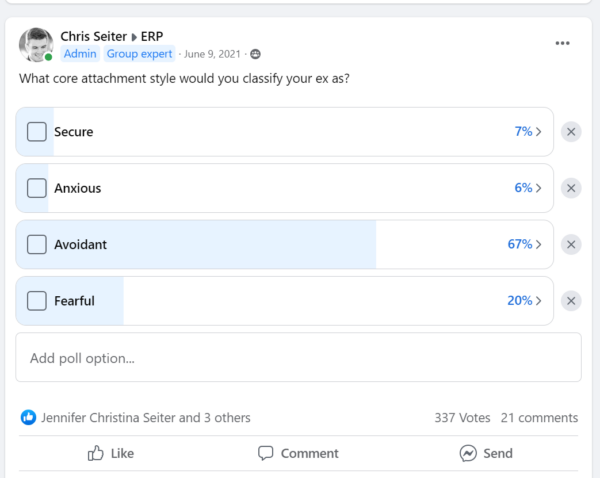
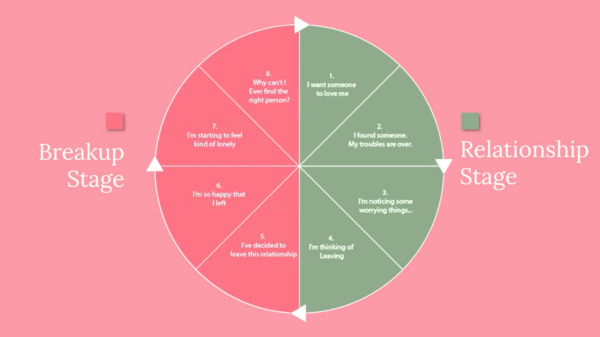
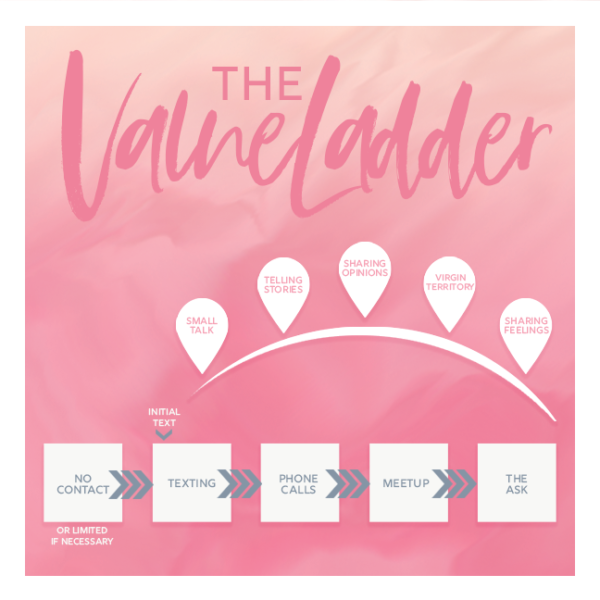
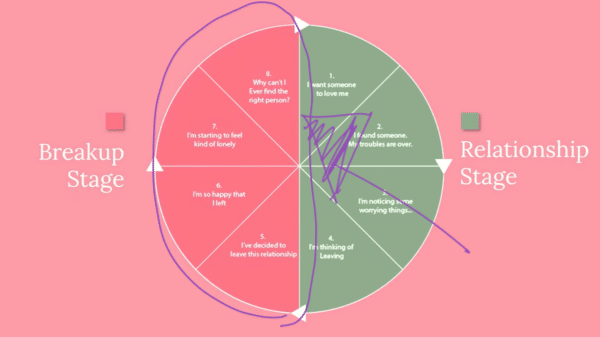
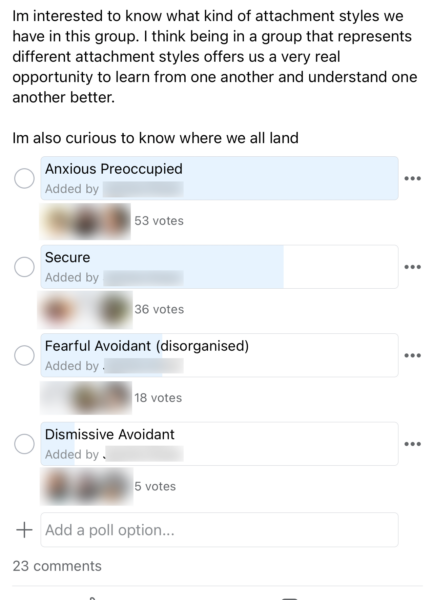
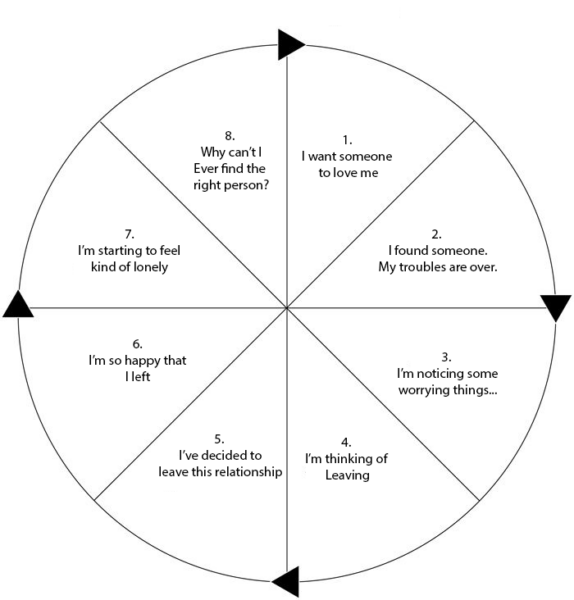
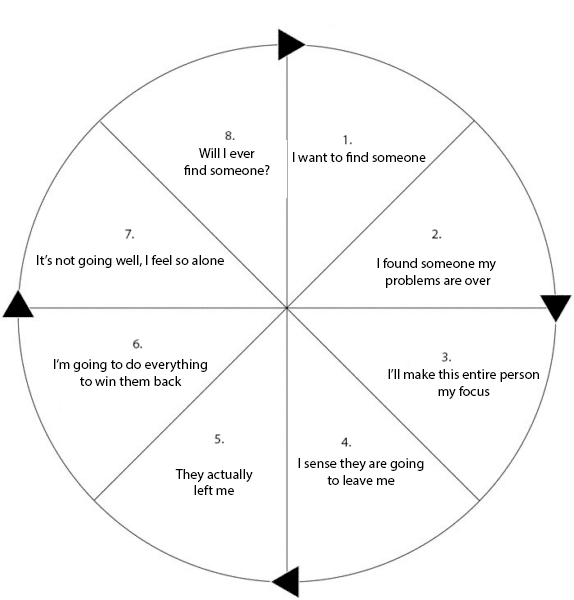

Taron Bailey
January 8, 2024 at 6:27 am
Wow! This was extremely informative and insightful. I’m currently dating a dismissive avoidant and you hit things right on the head. Thank you! Only time will tell!!!
Laura
October 6, 2023 at 4:00 am
I found this so insightful & helpful, thank you! And I just checked out the Free to Attach recommendation, great resource